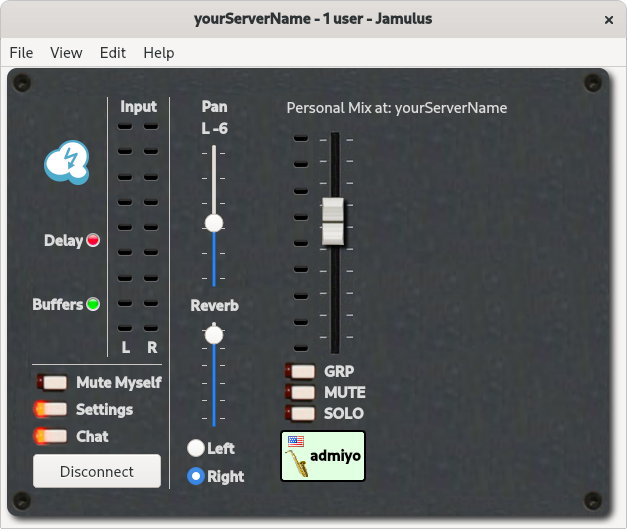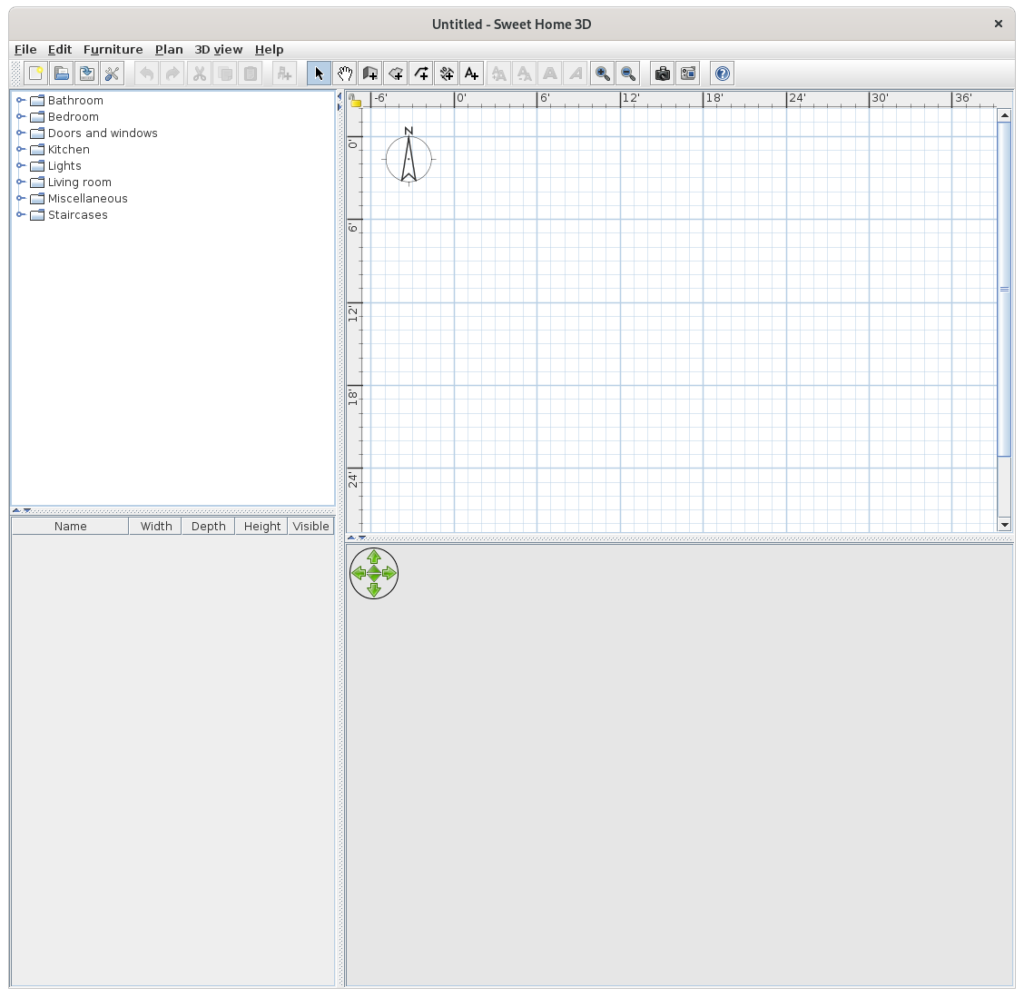I have a server that I want to run the Real Time Kernel from CCRMA. Once I followed the steps to get the kernel installed, I had to reboot to use it.
Rebooting on a server with a short timeout for grub is frustrating.
Since the Fedora Kernel is installed, and I want to be able to run it as a backup kernel, I had to figure out how to change the default Kernel for Grub2. Most of the docs out there assume that you can list the menu-items in the grub2 config file, but that is a thing of the past. The lines are now auto-generated from a regex match of the places where one might place the vmlinuz files.
I ended up booting the machine and looking at the grub menu, which showed three Kernels installed; two Fedora Kernels and the RT from CCRMA. The RT Kernel was the second one on the list. But Grub is 0 relative, so to set the default Kernel:
sudo grub2-set-default 1 |
The next time it booted, it was set to the RT kernel;
$ uname -r 5.10.2-200.rt20.1.fc33.ccrma.x86_64+rt |


